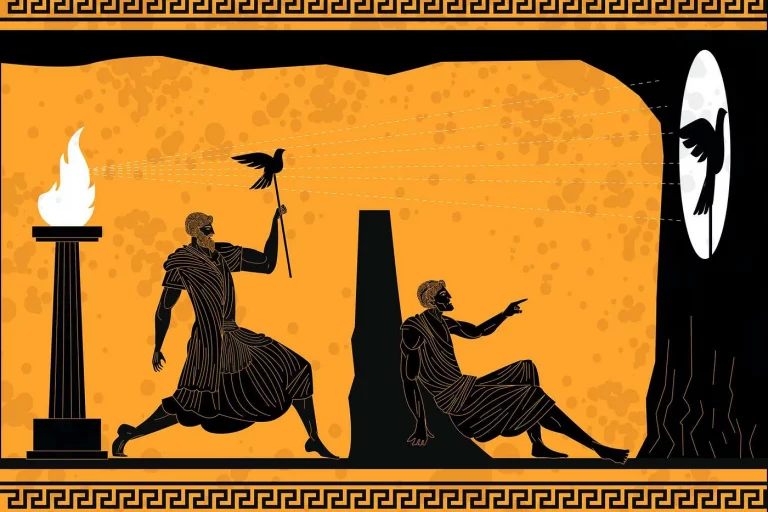Four must-read pieces on UX Matters
The social buzz: designing user experiences for social media
By Junaid Asad, UX and human factors professional
With the rise of social technologies, one-way design is no longer enough. The collective intellect of users, arising from the societies they represent, now has the biggest say in what could be considered a design success. Because of advancements in technology, users now have the power and freedom even to design their own user interfaces, according to their whims and fancies, ignoring recommended UX best practices. With social technologies, users often have the freedom to choose sets of features they would like to use in applications and even where they want to interact with them. Similar to the popular use of the term Web 2.0, we might now refer to the current phase of design evolution as Design 2.0.
Innovation workshops: facilitating product innovation
By Jim Nieters (director of UX, Yahoo!)
While the business community sometimes overuses the term, innovation is the single most important factor in business. It is what makes any company different from its competitors. An innovation is a novel idea that a company delivers to market with highly profitable results. As UX professionals, if we want our efforts to be relevant to the business, we have to think about more than just insights or great designs. Ideally, our role is to find the intersection of customer delight and financial opportunity. We need to find ways of introducing great ideas that make our companies money. As difficult as coming up with a new idea that differentiates your product from those of your competitors can be, just coming up with the idea itself sometimes seems easy compared to the challenge of getting your organization to accept and act on it. Innovation workshops can both help you come up with great ideas and align your multidisciplinary product team around them.
Reusing the user experience
By Peter Hornsby, senior information architect at Friends Provident
Like software component reuse, the reuse of UX design elements can be a very efficient form of reuse—particularly because this form of reuse occurs very early in the product development cycle. The ability to reuse prior work effectively is one characteristic of a mature discipline.
Done well, component reuse can provide a significant increase in the effectiveness of the design process. Effective reuse must minimize associated human and computational costs while still allowing a degree of flexibility. The human cost is the time a designer requires to find the component to be reused, to understand it, and to perform any necessary modifications. The computational cost is the cost of employing a reusable component relative to that of a purpose-built version of a component. While the formal development of a library of reusable UX components can be a costly process, building reuse into your development process and creating components from existing design artifacts can still bring significant benefits and efficiency to your UX team.
Moving into user research | establishing design guidelines
By Janet M. Six, principal at Lone Star Interaction
A discussion of readers’ questions:
* moving from technical writing to user research
* establishing and documenting design guidelines




[…] Four Must Read Pieces on UX Matter – You can never have too much reference material. […]